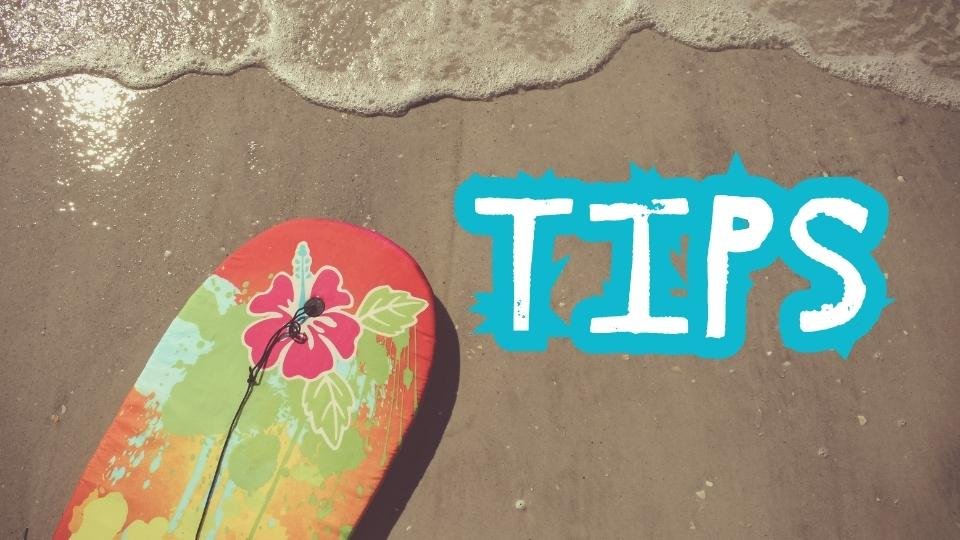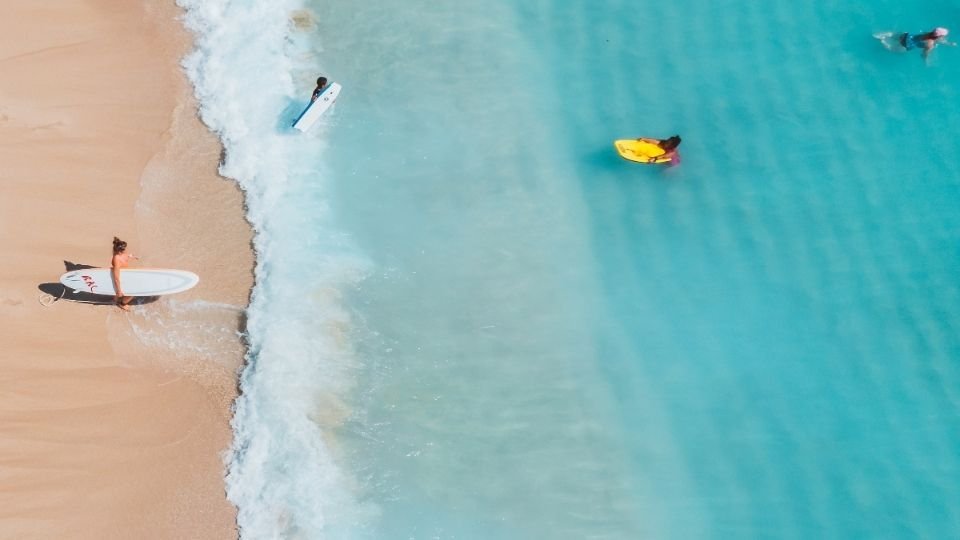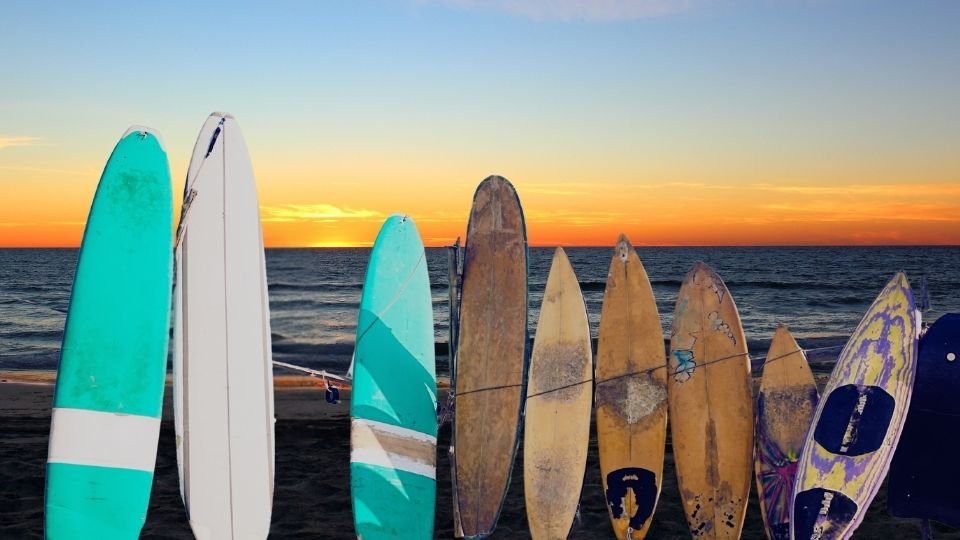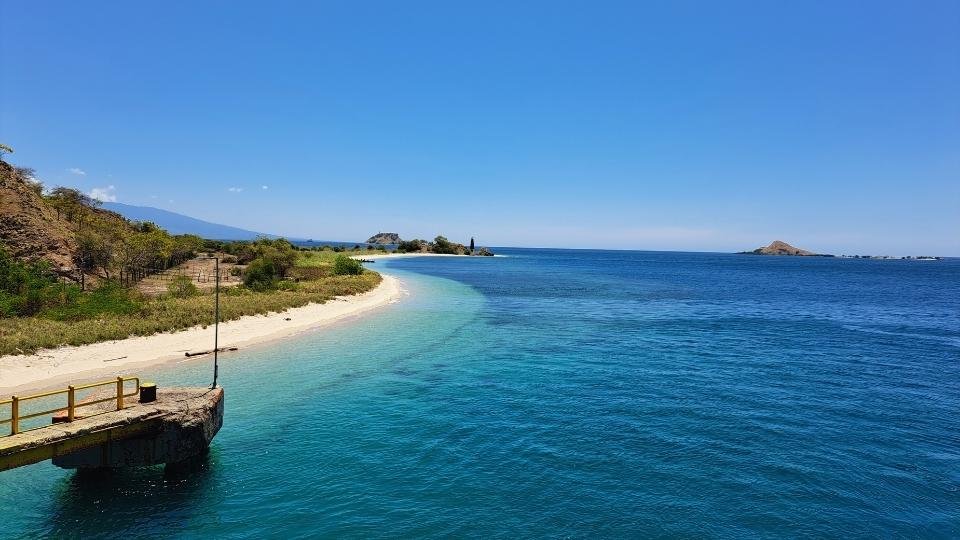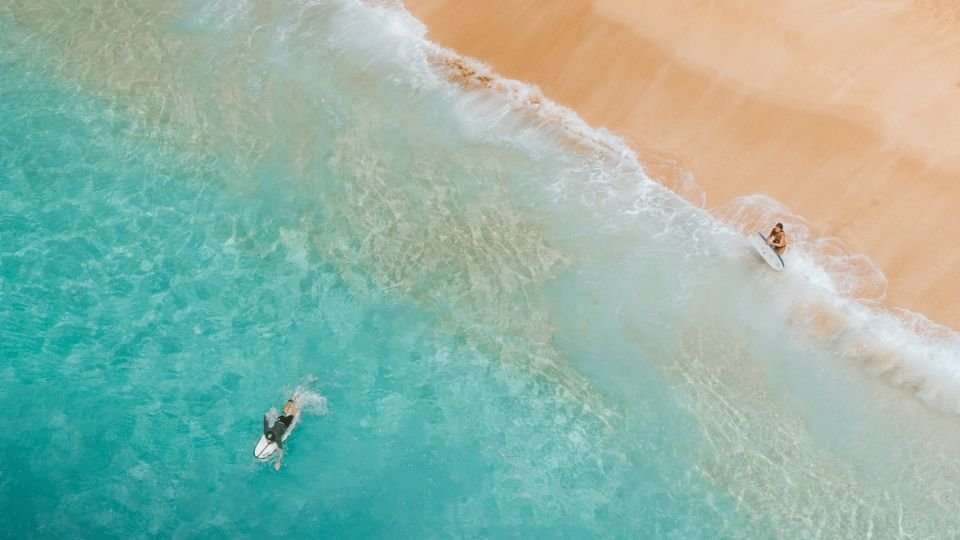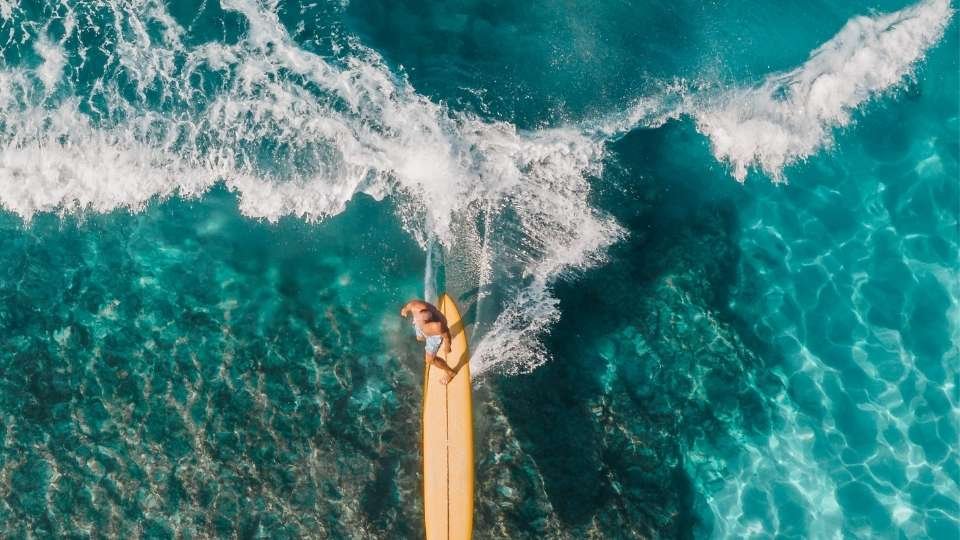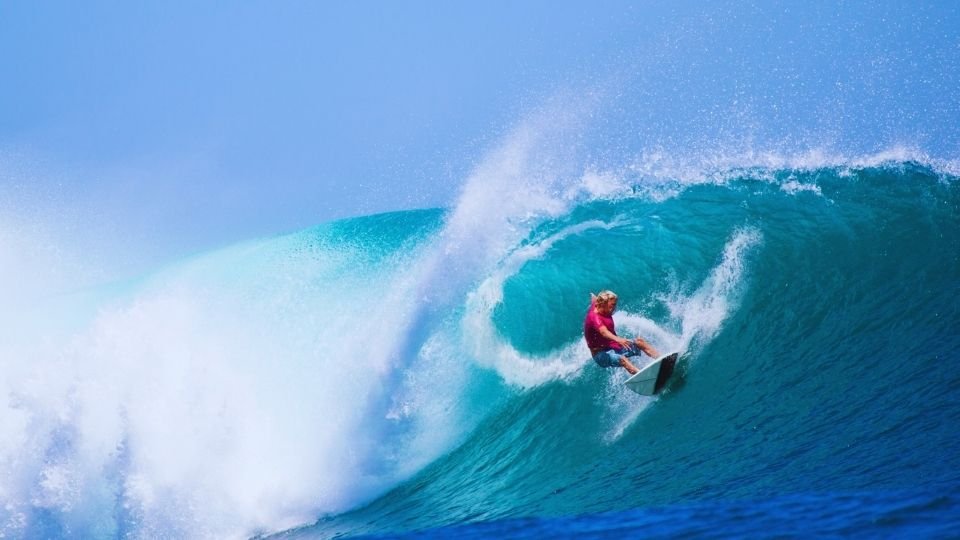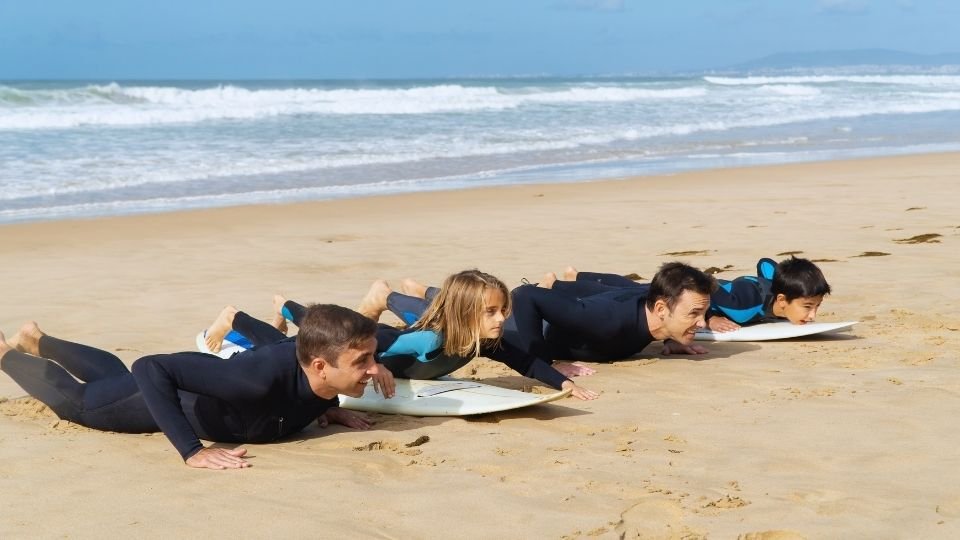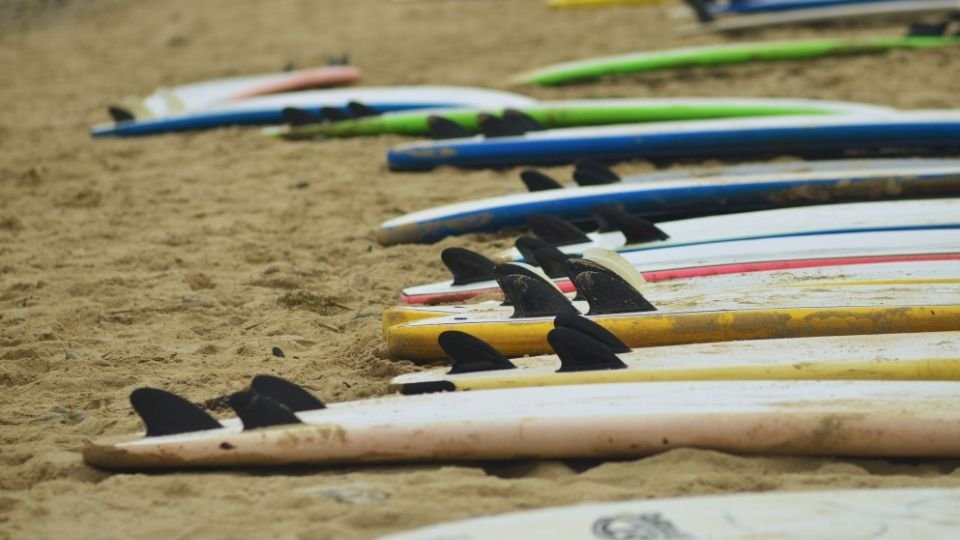
If you’re an intermediate surfer ready to take your skills to the next level, finding the right surfboard for intermediates is crucial. The best surfboard will help you paddle more efficiently, catch waves with ease, and improve your performance as you move from basic maneuvers to more advanced techniques. In this article, we’ll guide you through everything you need to know to choose the perfect intermediate surfboard to match your surfing style and local wave conditions.
What Defines an Intermediate Surfer?
You may have started on a beginner board, but now you’re ready to progress. If you’re consistently paddling out, catching waves on your own, and making basic turns, you’re likely an intermediate surfer. At this stage, you can handle a variety of wave conditions but need the right gear to continue improving your technique.
Key Features of the Best Surfboard for Intermediates
Selecting the right surfboard for intermediate surfers comes down to a few key features. These include volume, length, width, rocker, and fin setup. Each factor affects how easy it is to catch waves and how much control you have over your board as you progress.
1. Volume
Volume is essential for intermediate surfing boards, as it affects buoyancy and paddling efficiency. A board with the right volume helps you paddle faster, catch more waves, and provides the stability necessary to progress without feeling sluggish. Look for a board that has 35–45 liters of volume, depending on your weight and skill level.
2. Length and Width
As you move from a beginner board, intermediate boards usually range from 6’6” to 8’0” in length. They strike a balance between stability and maneuverability. The wider the board, the more stable it will be, but it may limit your ability to perform sharp turns. Intermediate surfers should look for a balance that offers enough stability but allows for progression in turns.
3. Rocker (Board Curve)
Rocker refers to the curvature of the board from nose to tail. A moderate rocker is ideal for intermediate surfboards. It allows you to control the board while still having enough paddle power to get into waves.
4. Fin Setup
The fin setup plays a significant role in maneuverability. Thrusters (three fins) offer more control, while quad setups (four fins) are faster and more loose. Most intermediate surfers prefer a thruster setup for better handling and predictability when riding waves.
Popular Types of Surfboards for Intermediate Surfers
Choosing the right type of surfboard depends on your personal style, wave conditions, and preferred performance. Below are the most popular types of surfboards that suit intermediate surfers.
1. Funboard
A funboard is the go-to choice for many surfers transitioning from beginners to intermediates. With a range of 7’0” to 8’0” in length, this board offers stability and ease while still being maneuverable enough for small turns and basic tricks.
Pros:
- Easy paddling
- Great for small to medium waves
- Excellent for learning turns and maneuvers
Cons:
- Less responsive on steep, fast waves
2. Fish Surfboard
The fish surfboard is a short, wide board with a unique swallowtail. It’s excellent for smaller surf, offering fast rides and smooth transitions. It’s a fun option if you’re looking to experiment with more speed and flow in your surfing.
Pros:
- Great for small waves
- Fast and responsive
- Suitable for carving
Cons:
- Not ideal for big waves
3. Hybrid Surfboard
A hybrid surfboard combines the stability of a fish with the performance of a shortboard. This board gives intermediate surfers the best of both worlds: stability for paddling and maneuverability for sharper turns.
Pros:
- Versatile and easy to maneuver
- Suitable for different wave conditions
- Good for progression in surfing
Cons:
- May feel less stable than a funboard
4. Mini Malibu
The mini Malibu is a smaller version of the traditional longboard. With a classic, smooth ride, it’s perfect for surfers who want to work on style, cruising, and learning longboard-inspired tricks without the bulk.
Pros:
- Stable and forgiving
- Excellent for smooth, easy waves
- Perfect for style-based surfing
Cons:
- Less maneuverable in tight spots
How to Choose the Right Material for Your Intermediate Surfboard
Intermediate surfboards are usually made from polyurethane (PU) or epoxy. PU boards have a natural flex and offer smooth performance, while epoxy boards are lighter, stronger, and more durable, making them a great option for those who want a board that can withstand wear and tear. For intermediate surfers, epoxy boards often make for the best all-around choice.
Matching Your Board to Wave Conditions
Not all waves are the same, and neither are all surfboards. Your board choice should depend on the type of waves you’re typically surfing. If you’re in an area with frequent small, mushy waves, a fish or hybrid board may be ideal. For bigger, more powerful waves, a shorter, more responsive board with a thruster setup will give you better control.
Tips for Buying the Best Surfboard for Intermediates
- Test Before You Buy: Renting or demoing different boards will help you understand what works best for your style.
- Consider Local Surf Conditions: Your local waves play a huge role in your board selection.
- Consult With Local Shapers: Surf shop experts can help guide you toward the right board for your level and wave conditions.
- Don’t Rush to Shortboards: While shortboards are tempting, you’ll make faster progress with a more forgiving board like a hybrid or funboard.
Caring for Your Intermediate Surfboard
After you’ve chosen the perfect board, proper maintenance is key to prolonging its life and performance. Always rinse your board with fresh water after each session, store it in a cool, dry place, and address any dings or cracks immediately.
Conclusion Choosing the right surfboard for intermediates is crucial for improving your technique and enjoying your time in the water. Whether you go for a funboard, fish, hybrid, or mini Malibu, make sure your board matches your skill level and the wave conditions you typically encounter. With the right gear under your feet, you’ll be progressing in no time.

